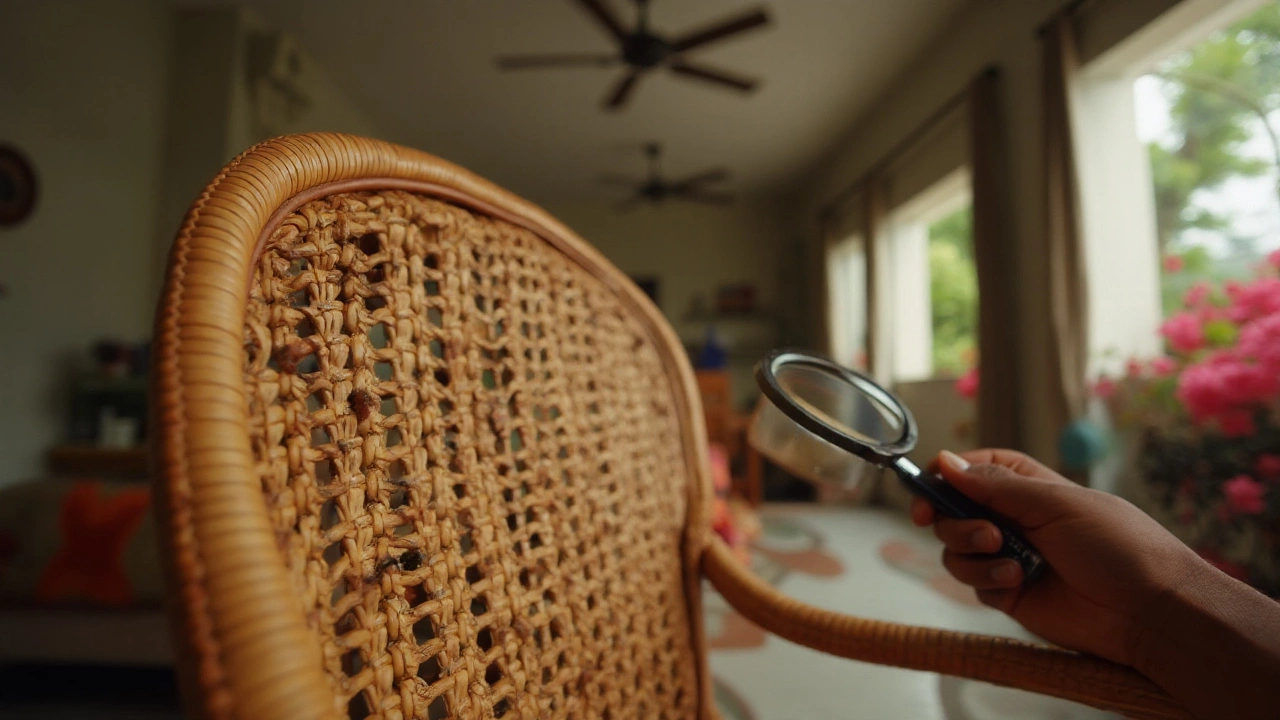Heat Treatment for Bed Bugs: What You Need to Know
Bed bugs are tiny, hard‑to‑see pests that love warm places. The good news? A temperature boost can wipe them out fast. Heat treatment raises the air temperature in a room high enough to kill every life stage of the bug, from eggs to adults, without chemicals.
How Heat Kills Bed Bugs
Bed bugs start to die when the surrounding temperature hits about 113°F (45°C) for a few minutes. Most heat‑treatment programs push the space up to 130°F–140°F (54°C–60°C) for 30‑90 minutes. At those levels, the bugs’ proteins denature, their nervous system shuts down, and they can’t recover.
The heat has to reach every crevice – under mattresses, inside box springs, behind baseboards, and even inside furniture cushions. That’s why professionals use multiple heaters and fans to move hot air around, making sure nothing stays cool enough for a bug to survive.
DIY vs Professional Heat Treatment
DIY heat treatment is tempting if you want to save money. You can rent a portable heater and a fan, seal windows, and monitor the temperature with a digital thermometer. The key steps are:
- Remove clutter that blocks airflow.
- Cover items that can’t handle high heat (electronics, plastics).
- Heat the room slowly to avoid fire hazards.
- Keep the temperature above 113°F for at least 90 minutes.
- Check multiple spots with a thermometer to confirm even heating.
Even with careful setup, DIY can miss hidden spots, and you risk damaging heat‑sensitive belongings. If you’re unsure about covering everything or maintaining a steady temperature, a professional service is safer.
Professional heat treatment includes:
- Pre‑inspection to map out infested zones.
- Use of industrial‑grade heaters and high‑capacity fans.
- Temperature sensors placed around the room to log data.
- Insurance coverage in case of accidental damage.
- Post‑treatment verification to confirm all bugs are dead.
Pros typically charge between $2,000 and $4,000 for a full‑home job, but the result is a chemical‑free, thorough wipe‑out that lasts.
So, which route fits you? If you have a small, well‑ventilated room and can monitor temps accurately, a DIY session can work. For larger homes, heavy infestations, or if you’re uncomfortable handling high heat, call a licensed pest‑control company.
Remember to follow safety basics: never leave heaters unattended, keep flammable items away, and wear heat‑resistant gloves when handling equipment. After treatment, let the space cool before moving furniture back in.
Heat treatment is one of the most reliable ways to get rid of bed bugs without chemicals. Whether you go DIY or hire a pro, the goal is the same – raise the temperature enough, keep it there long enough, and enjoy a bug‑free home again.
Can Bed Bugs Live in Wicker Furniture? Signs, Risks, and How to Treat It
Yes-bed bugs can live in wicker. Learn why wicker’s gaps are perfect harborage, how to spot signs, compare materials, and treat or prevent infestations.





